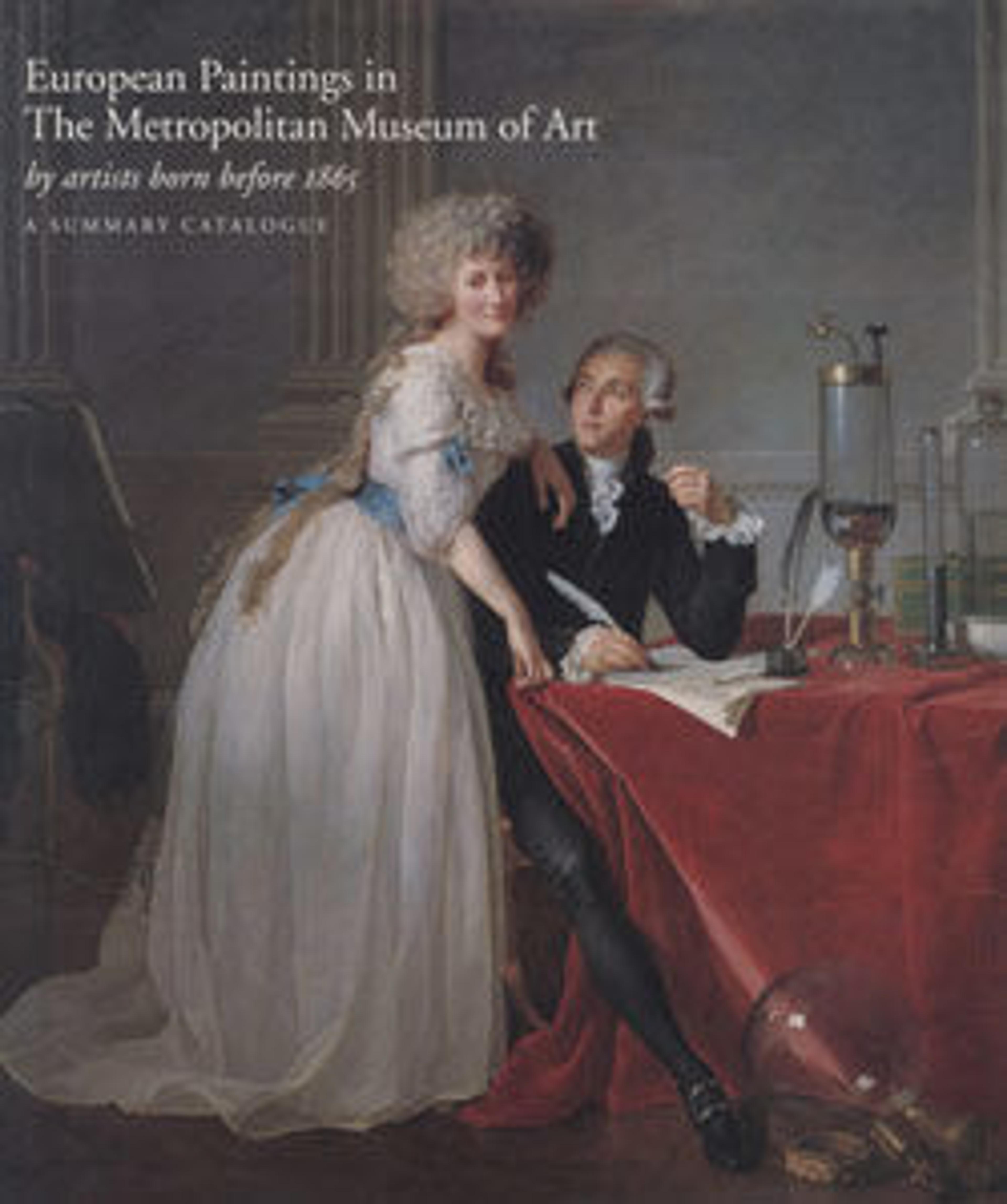The Night-Hag Visiting Lapland Witches
Hecate, the Greek goddess who presided over witchcraft and magical rites, was historically known as the “Night-Hag,” hence the title that the artist gave this work. It illustrates a passage from Paradise Lost by the English poet John Milton, in which hellhounds are compared to those who “follow the night-hag when, called, / In secret, riding through the air she comes, Lured with the smell of infant blood, to dance / With Lapland witches, while the laboring moon Eclipses at their charms.” Fuseli and Goya did not know each other, but they both captured the psychological impact of the turmoil and war experienced by many during the age of revolution and Napoleonic expansion.
Artwork Details
- Title: The Night-Hag Visiting Lapland Witches
- Artist: Henry Fuseli (Swiss, Zürich 1741–1825 London)
- Date: 1796
- Medium: Oil on canvas
- Dimensions: 40 x 49 3/4 in. (101.6 x 126.4 cm)
- Classification: Paintings
- Credit Line: Purchase, Bequest of Lillian S. Timken, by exchange, and Victor Wilbour Memorial, The Alfred N. Punnett Endowment, Marquand and Charles B. Curtis Funds, 1980
- Object Number: 1980.411
- Curatorial Department: European Paintings
More Artwork
Research Resources
The Met provides unparalleled resources for research and welcomes an international community of students and scholars. The Met's Open Access API is where creators and researchers can connect to the The Met collection. Open Access data and public domain images are available for unrestricted commercial and noncommercial use without permission or fee.
To request images under copyright and other restrictions, please use this Image Request form.
Feedback
We continue to research and examine historical and cultural context for objects in The Met collection. If you have comments or questions about this object record, please contact us using the form below. The Museum looks forward to receiving your comments.
